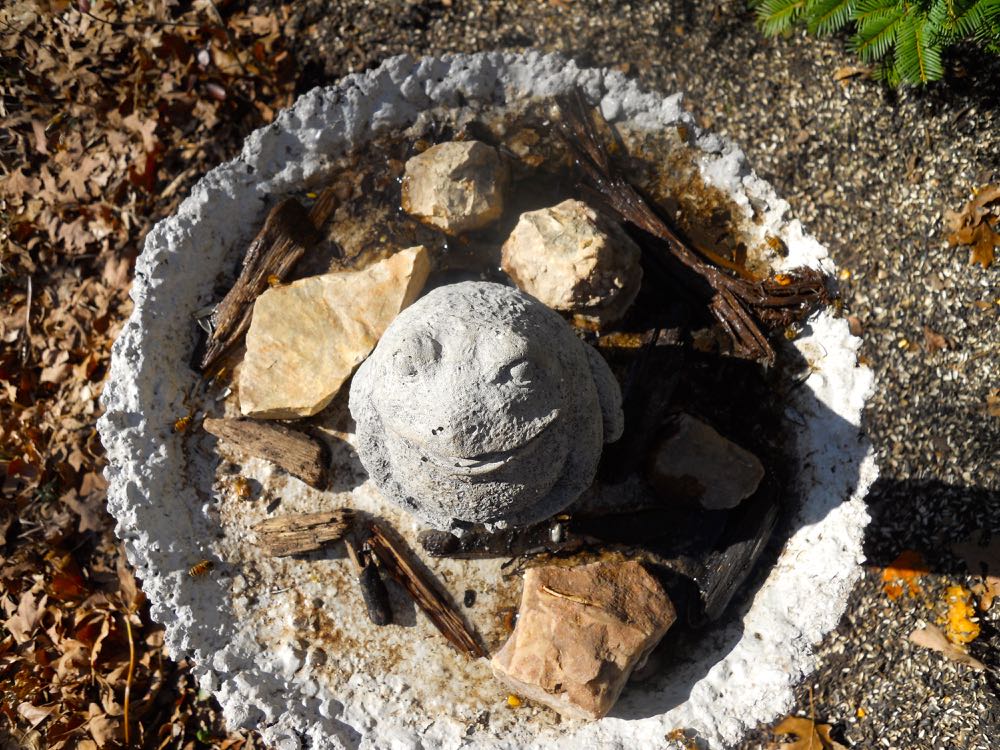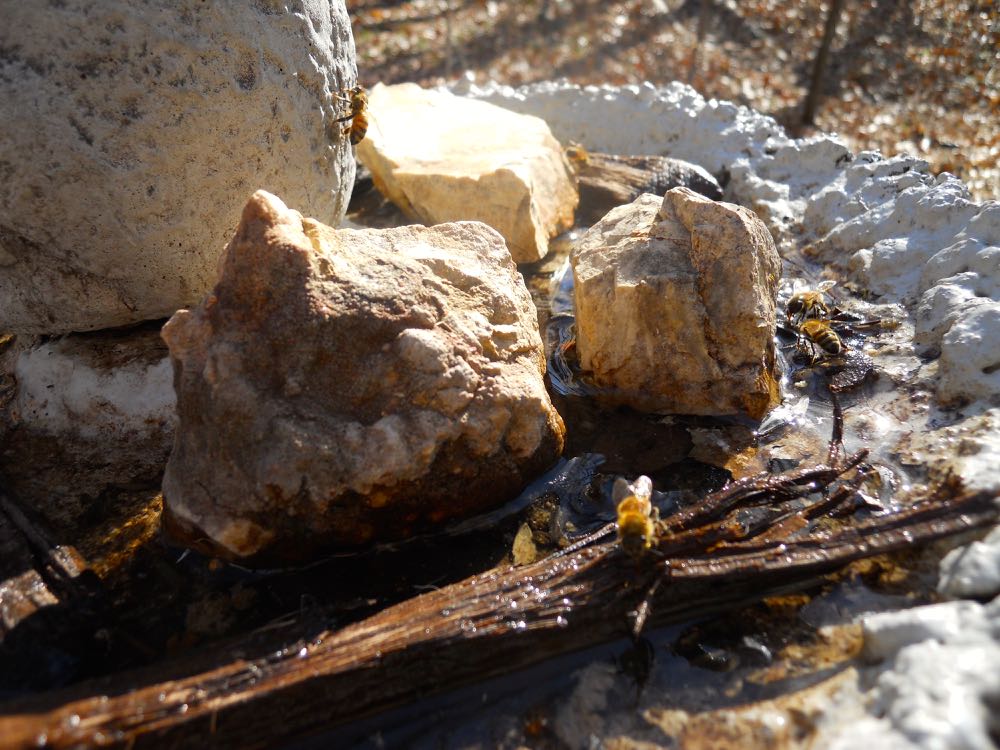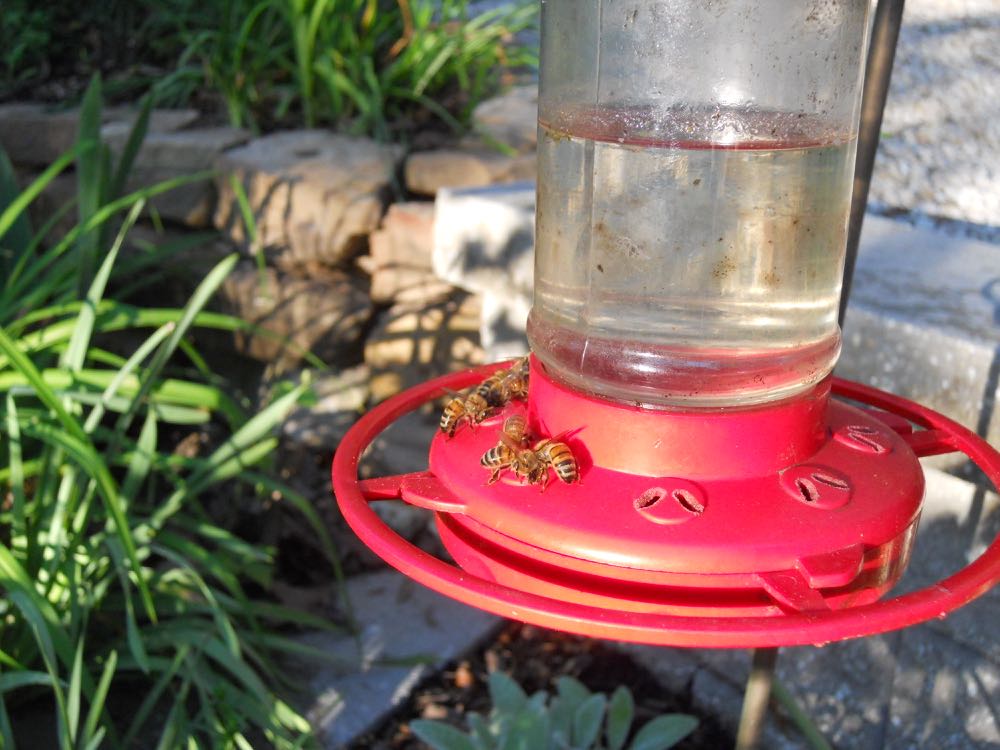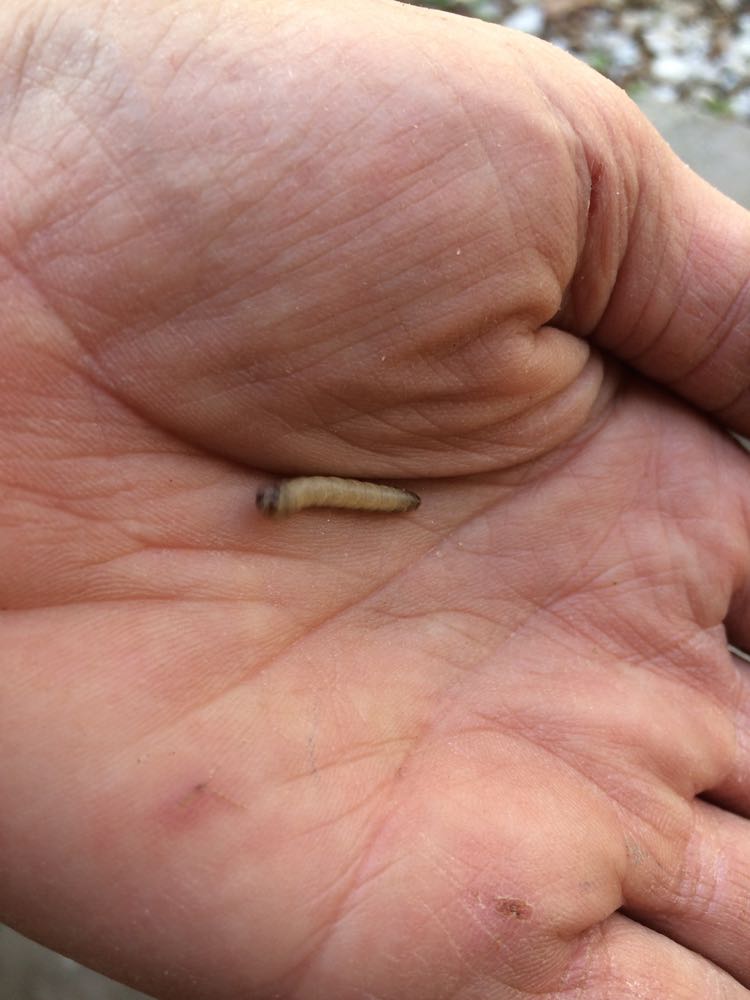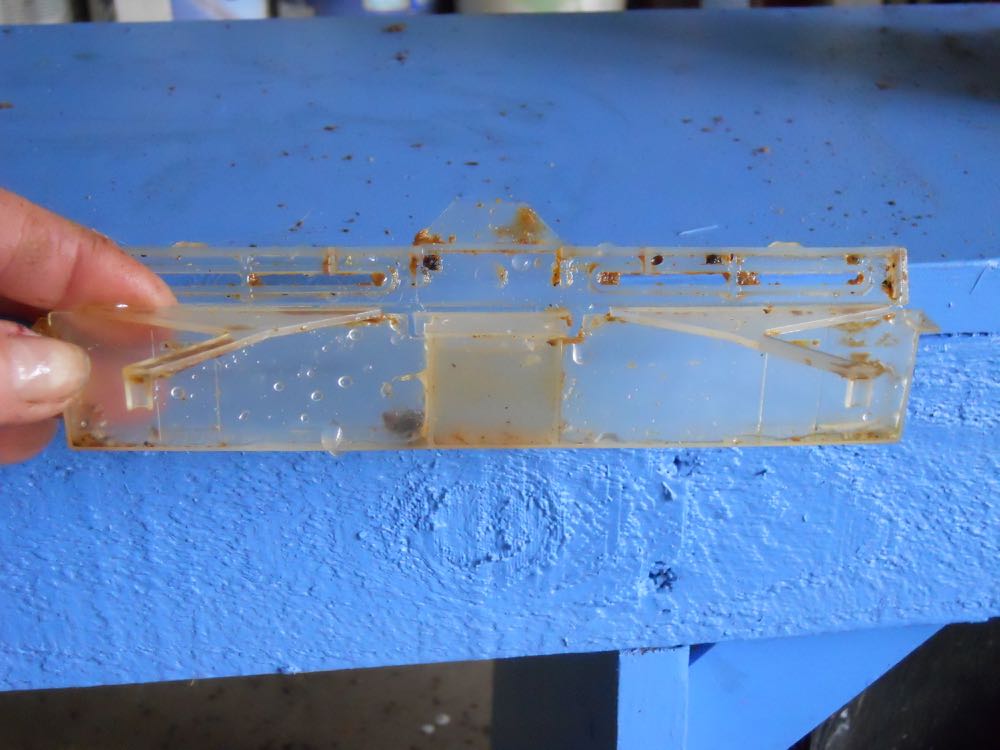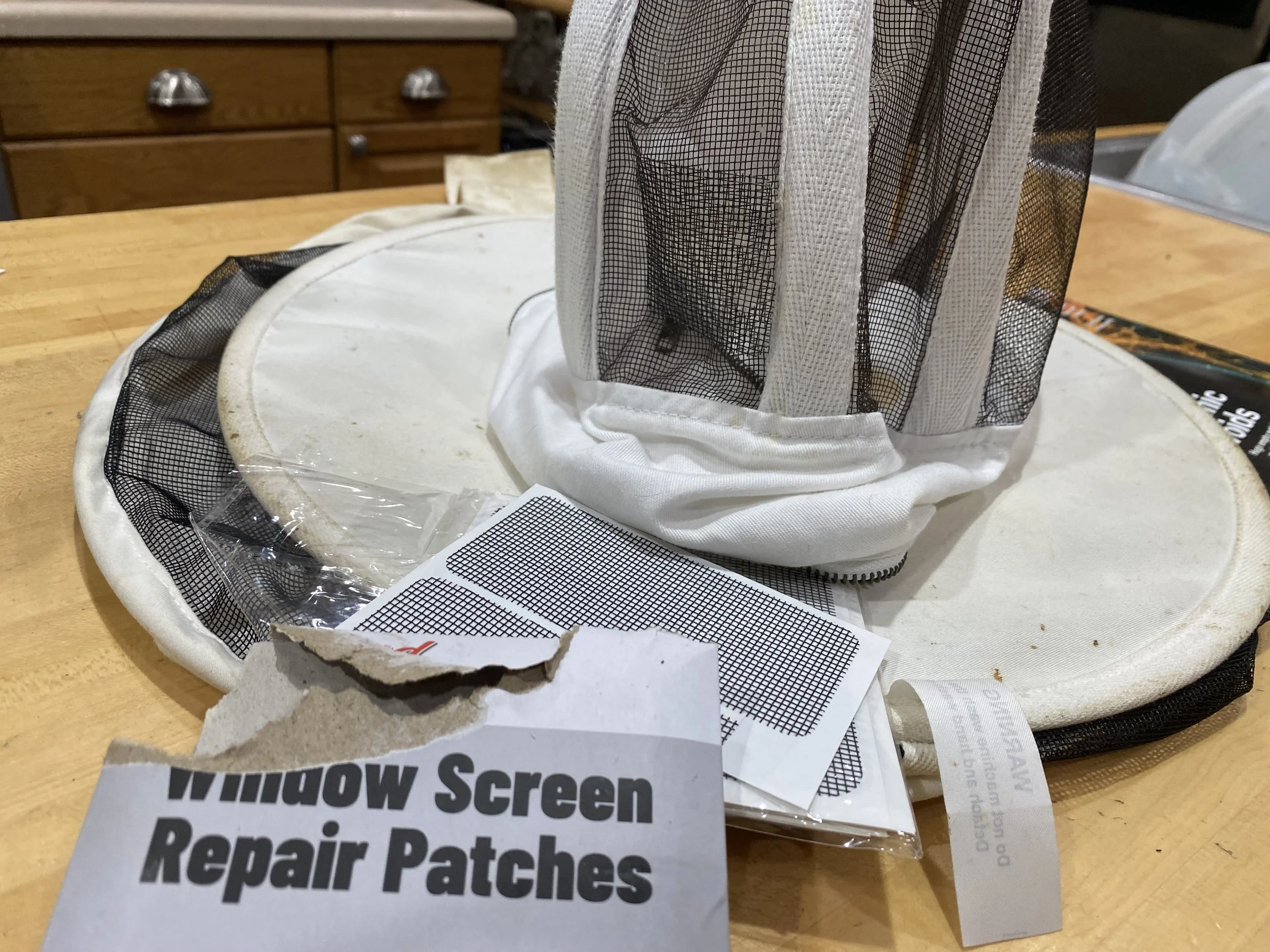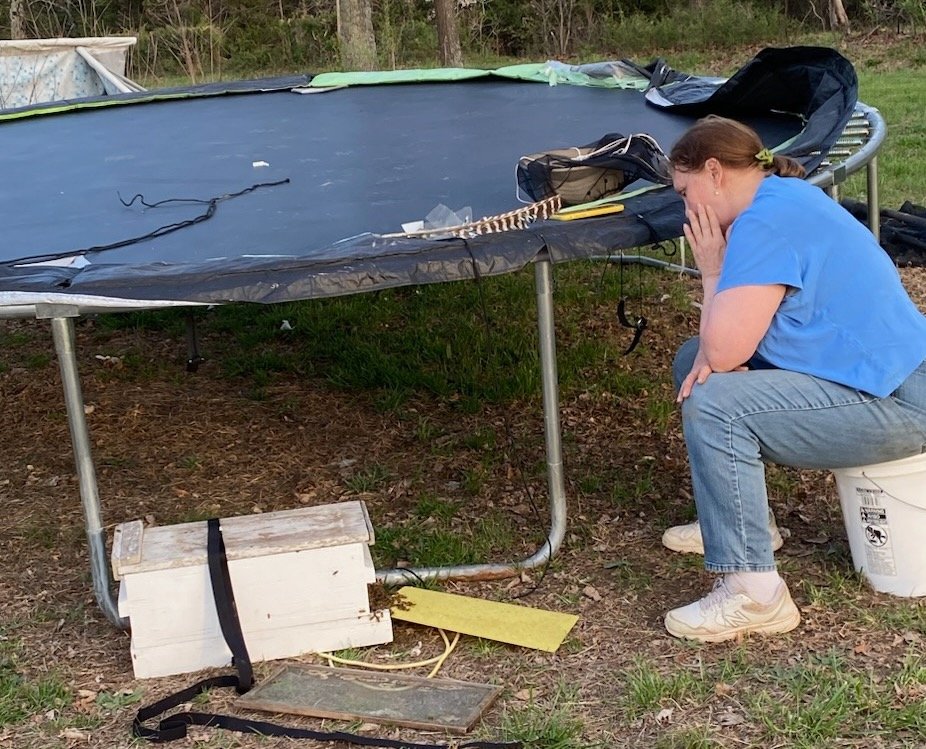Opening Queen Cage
/This is a queen cage with candy plug on left in longer tube. (Photo by Charlotte Ekker Wiggins)
Opening Queen Cage
Several beginning beekeepers have asked if they can reuse a queen cage and then how do they open it to install a queen bee. One even said they tried to get a queen bee through the small circle and she would not fit!
Trust me, don’t try that again.
Here’s how to get a queen bee into the cage. First, make sure the longer tube has a candy plug or small marshmallow. To make the candy plug, mix honey with confectioner’s sugar to a solid consistency and fill up the longer plastic plug.
To open the queen cage, first open the smaller flat round plastic plug to the right of the longer protruding plug where you place the candy fill.
Go open queen cage, pop the smaller round opening first. (Photo by Charlotte Ekker Wiggins)
With the smaller round plastic plug open, you can then gently squeeze the plastic queen cage and pop the whole top off.
Once small circle is open, you can pop open the whole queen cage top. (Photo by Charlotte Ekker Wiggins)
Once filled with a queen bee and her attendants, close the top and then fold the smaller round plastic plug into the hole. Do it quickly or bees will get out. Frankly it helps to have a couple sets of hands to put the queen and attendants in and then close the two tops.
Giving someone a queen bee is almost as exciting as giving one of our beekeeper’s custom gift boxes and we do all of the packing for you!
Charlotte







